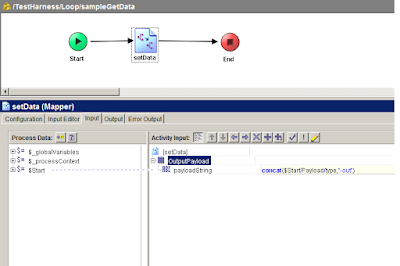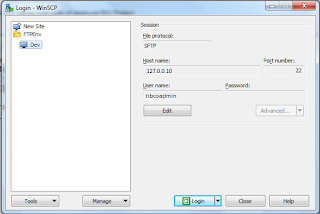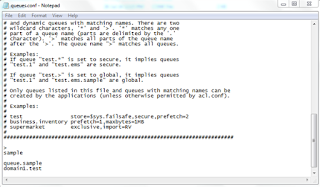TIBCO | For Loop - Accumulate output

In this post we will check how TIBCO for loop works. TIBCO provides Group Activity to iterate over processes or activities. Loops can be different types eg. For Loop, While util loop, if loop, repeat on error etc. TIBCO group can loop over sub-process and accumulate output in end activity to be used by next activities. TIBCO For loop with Accumulate output repeats over process/activity and return output of each iteration in output activity. This is helpful where we want to call sub-process repeatably with different input parameters and store each output in some variable.





